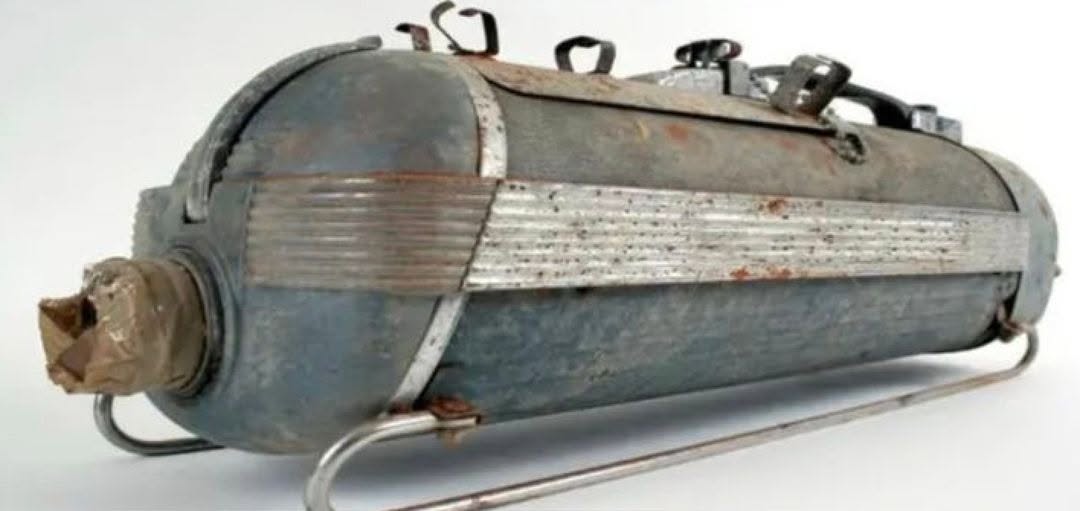When I first saw a picture of this strange-looking object online, I was completely baffled. It’s one of those moments when you stumble upon something so odd that you can’t help but wonder, “What on earth is that?”

I tried to figure it out on my own, but nothing made sense. Naturally, I turned to the collective wisdom of the internet—and the explanation I found was both unexpected and fascinating.
So, what exactly is it?
If you guessed it was an early model of a vacuum cleaner, you’d be spot on!
Vacuum cleaners have evolved tremendously since their early days. The modern, electric machines we use today hardly resemble the bulky, manually operated devices of the 19th century. Yet, even then, people were eager to find better ways to keep their homes clean. With growing attention to hygiene during the 1800s and the surge of the Industrial Revolution, maintaining household cleanliness became increasingly important.
Although electric vacuums hadn’t been invented yet, inventors were busy designing new cleaning tools. Many of these early devices were crafted from metal and required manual effort to operate. By today’s standards, they were rudimentary, but they marked significant progress in home technology.
Some of these primitive vacuum-like machines consisted of large metal containers powered by hand. They used a pumping system that needed to be operated manually to create suction—far from user-friendly, but quite effective for the era.
One notable example is the “Whirlwind.”
Invented by Ives W. McGaffey and patented in 1869, the Whirlwind was a hand-cranked vacuum cleaner that used bellows to generate suction. According to Popular Mechanics, it was a crucial step toward the motorized vacuums we now rely on. While it was challenging to use, it proved that the concept of mechanical cleaning was gaining traction.
These early machines, like the Whirlwind, were more than just cleaning devices—they were landmarks in household innovation. They reflected a growing desire to enhance everyday living through technology, even if they weren’t yet practical for mass adoption.

As the 19th century came to a close, the advent of electricity transformed the landscape. By the early 1900s, inventors were incorporating electric motors into vacuum cleaners, improving their power and ease of use. In 1901, Hubert Cecil Booth developed one of the first commercially successful electric vacuum cleaners, marking a major milestone in cleaning technology.
Today’s vacuums are lighter, smarter, and far more efficient. But looking back at these early models reminds us of the long journey of invention and persistence behind even the most commonplace household tools.
Who would have thought the history of something as everyday as a vacuum cleaner could be so intriguing?




